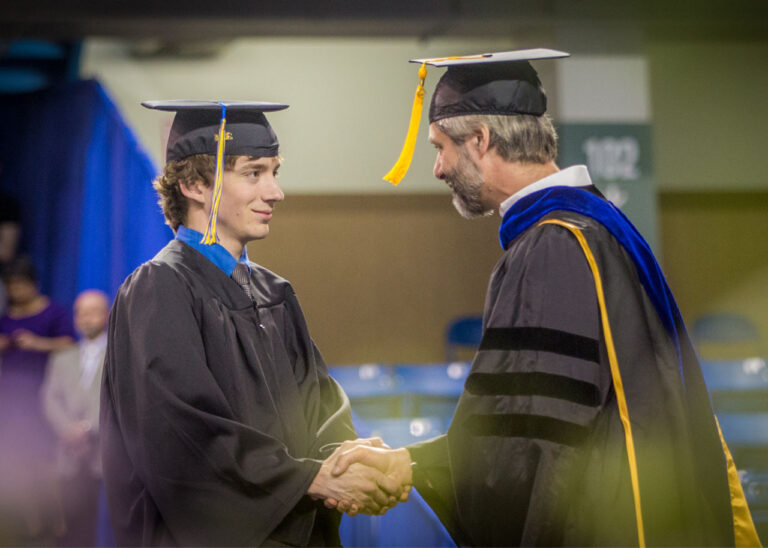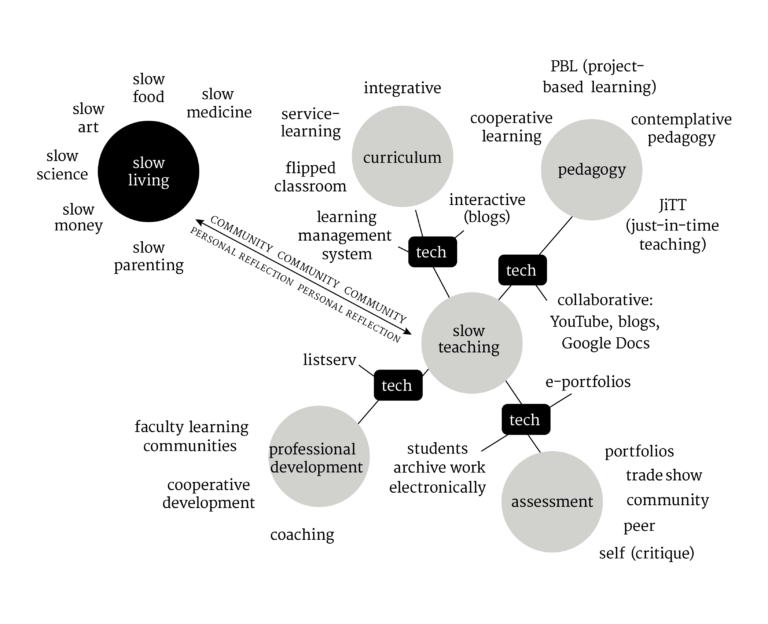
Reflecting on 30 years of distance and online education
Last month, UAF CTL bid a happy retirement to Heidi Olson, who had been with our unit for 30 years. Heidi’s longevity meant that she was the one we went to for questions about institutional history and insight into what we’d tried — and what we hadn’t — over time. Before her final farewell, I had the chance to interview Heidi about what she’d observed and learned over 30 years of distance and online learning.

What did UAF CTL look like when you started?
I started at the front desk when we were still the Center for Distance Education. At the time, all our courses were offered via correspondence and were open for continuous enrollment — so students didn’t have to follow the semester schedule. That meant that everything was self-paced and students were pretty independent. We moved to the semester schedule in the early 1990s so that students could qualify for financial aid.
In 1998, we began offering online courses as well as paper-based, and in 2012, we phased out correspondence entirely in favor of online learning. We have course catalogs for paper-based correspondence courses that go all the way back to 1967!
What is the biggest change you’ve observed for the student experience?
Well, since we moved away from correspondence, students are actually able to talk to each other and collaborate now! It’s exciting to see the creative things that students can do together, and to see students take more control of their learning, as the instructor in the online format is no longer the key driver of the learning experience.
At the same time, I think there’s already some fatigue around the existing collaboration tools — like discussion boards. Post and response is fatiguing and not always effective. Finding a more engaging way of inviting student voice and collaboration is on the horizon for online learning, I think.
Read more of Heidi’s advice on promoting peer-to-peer feedback.
You’ve observed many courses at UAF. Are there any courses or approaches that stick out to you as particularly memorable or important?
Any class that asks students to step outside of their comfort zone — and that means different things for different students — creates a real feeling of accomplishment. It’s always exciting to see courses that scaffold activities to challenge students without setting them up for failure. Even just giving a presentation using a technology you’re not familiar with, or reaching out to a different audience than you’d normally reach can be enough. I always love seeing the courses where students are working with the community or actually putting the concepts that they are thinking about into practice.
Read more from Heidi about what’s possible in online presentations.
What’s one “hack” that you think more instructors should use?
Use the “Set Grade Center Due Date” function in Blackboard — you can change all the due dates at once for a semester!
Read more about using the Set Grade Center Due Dates tool.
You’ve been teaching online for a long time as well. What have you changed over time?
I’ve added more draft and revision to the process because it allows students to do the best they can, then give them feedback and an opportunity to readjust.
Since my course is skills-based (Introduction to Adobe InDesign), I get to see the final product but not how students got there. So I started having them do a series of tasks in a screencast, and I could watch their keystrokes and give them tips. It’s basically just looking over their shoulder as they’re working, like you would in a classroom environment.
I also realize that students aren’t just taking one class — in any given week they are meeting a lot of obligations in their courses. So I tried to look at my schedule and assign major projects when others weren’t — counterbalancing times like midterms and finals. Just trying to give students a break. If I were in a program I’d actually look at the other courses my students might be taking, and try to map out their schedule and balance it that way.
Read more from Heidi on risk-taking and revision in online learning.
Heidi is also the mastermind behind CTL’s Owner’s Manual: A UAF guide to creating your online course — one of the most accessible resources for getting started in online teaching. Thank you, Heidi, for sharing wisdom, humor, and your dedication to students over the past 30 years!

Kendell Newman Sadiik
Associate Director of Transformative Teaching
Instructional Designer
LION Liaison



